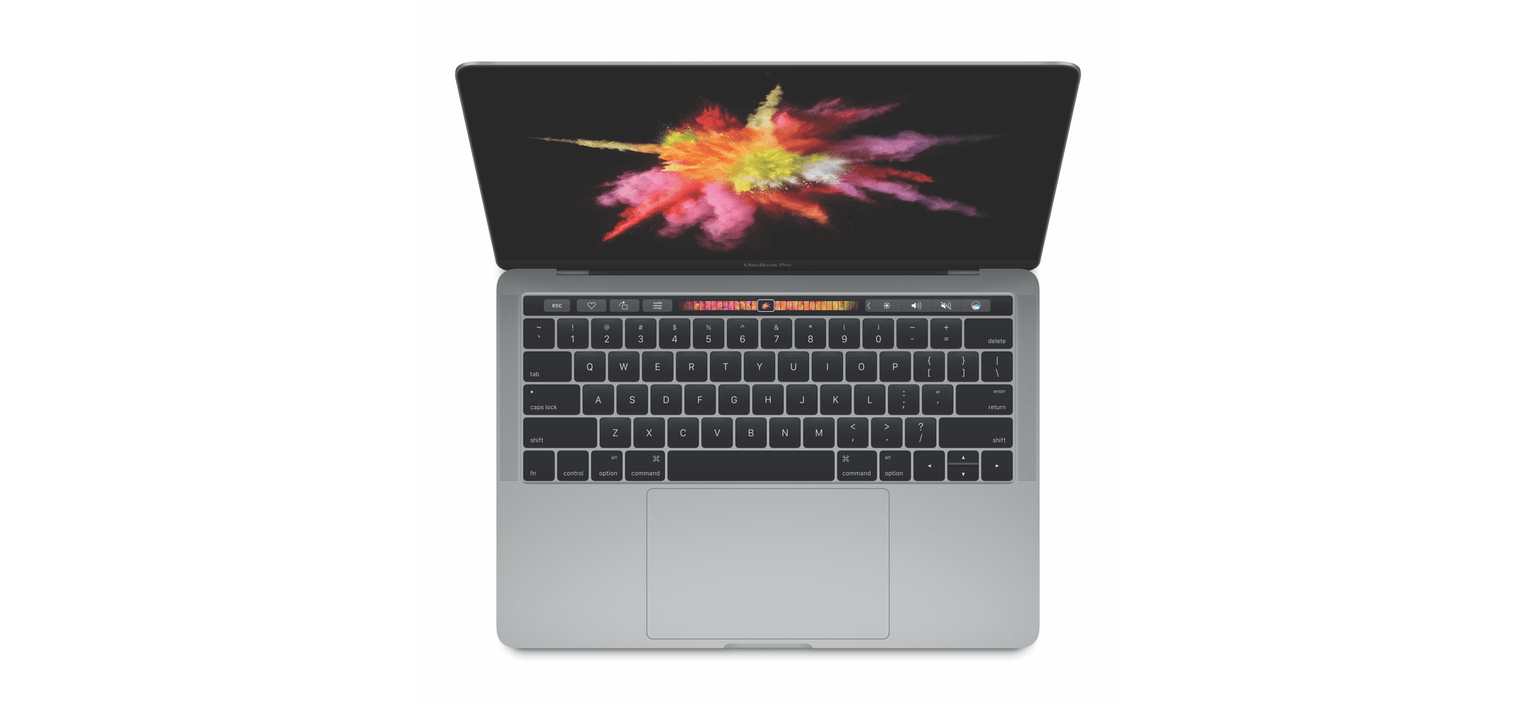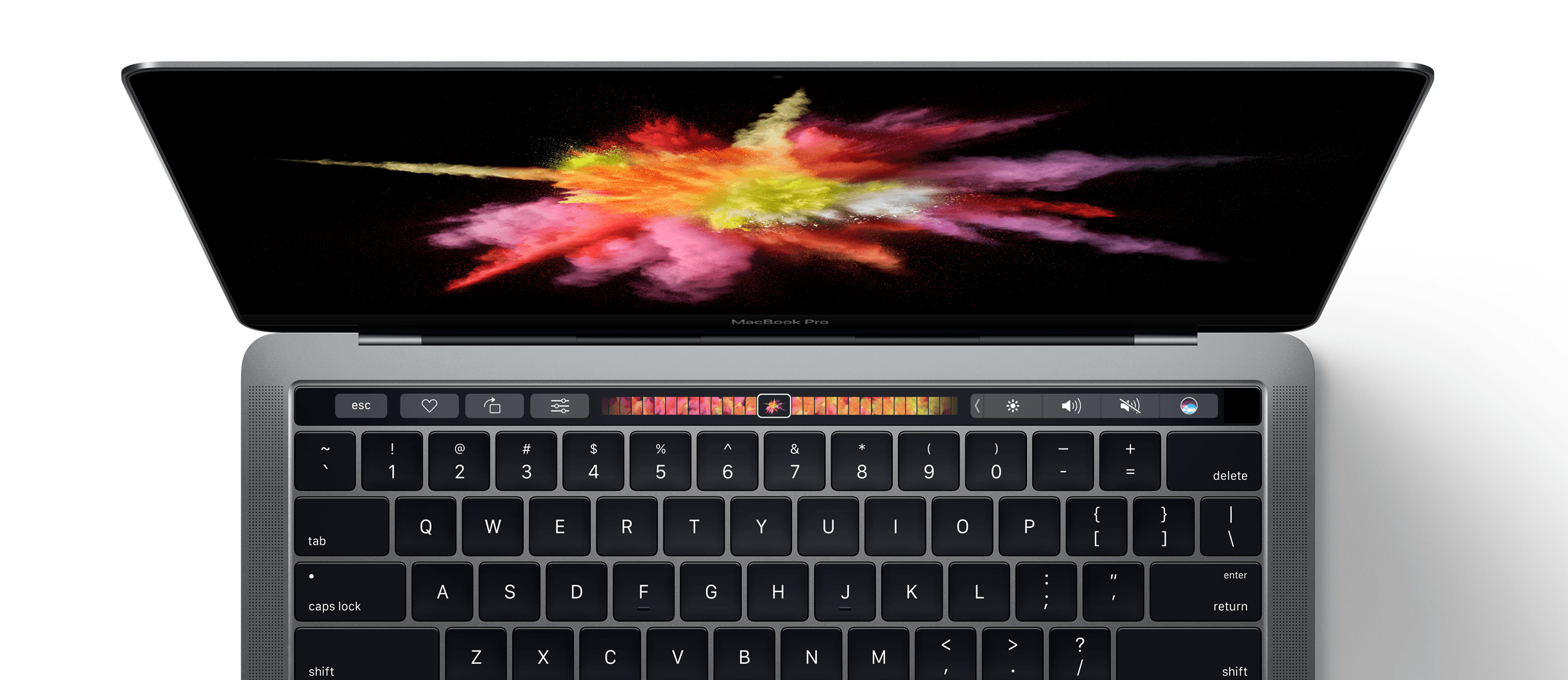Apple posted a video on YouTube promoting the new Touch Bar MacBook Pros. The video cuts frenetically between a long line of Edison bulbs exploding down a darkened street and into the countryside, and scenes of human inventions from the discovery of fire to a robot walking down a street. The spot concludes with ‘Ideas push the world forward,’ echoing the line ‘They push the human race forward’ from Apple’s famous 1997 ‘Crazy Ones’ ad.
The ad then cuts to the line ‘Introducing a tool for all the ideas to come.’ A MacBook Pro comes into view with an Edison bulb on the screen. A hand scrubs back and forth across a slider on the Touch Bar making the video of the exploding bulb fast forward and rewind. The video does a nice job demonstrating the marquee feature of the new MacBook Pros, but an even better job, through its use of pacing, music, and editing, of giving a sense of the speed at which technology advances in what feels like an oblique response to critics of the changes made to Apple’s laptop line.




